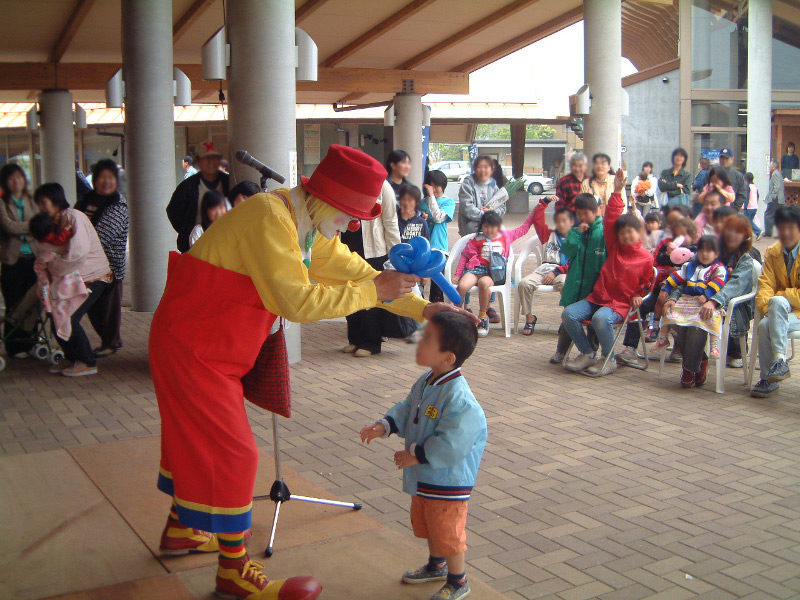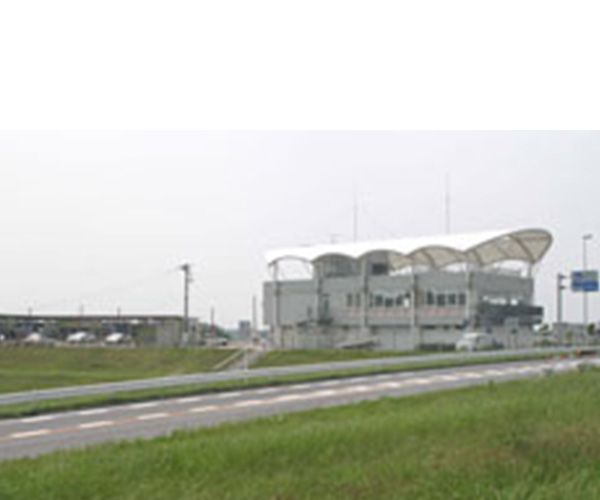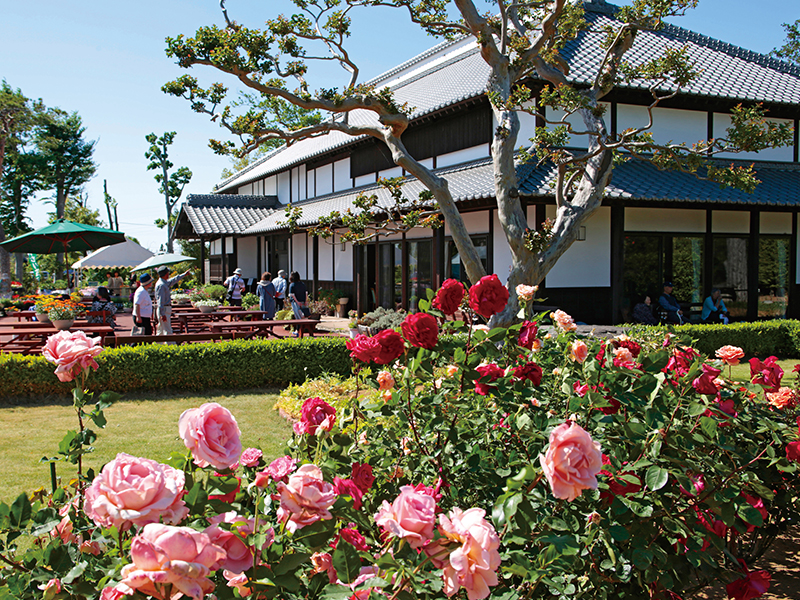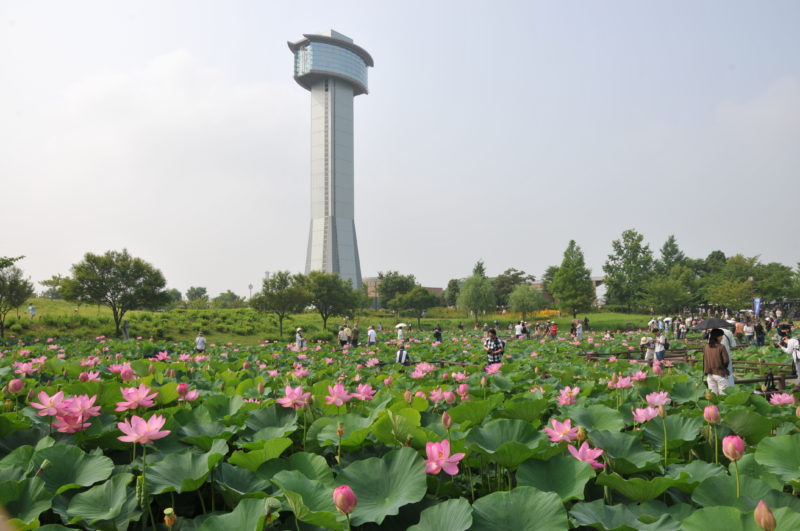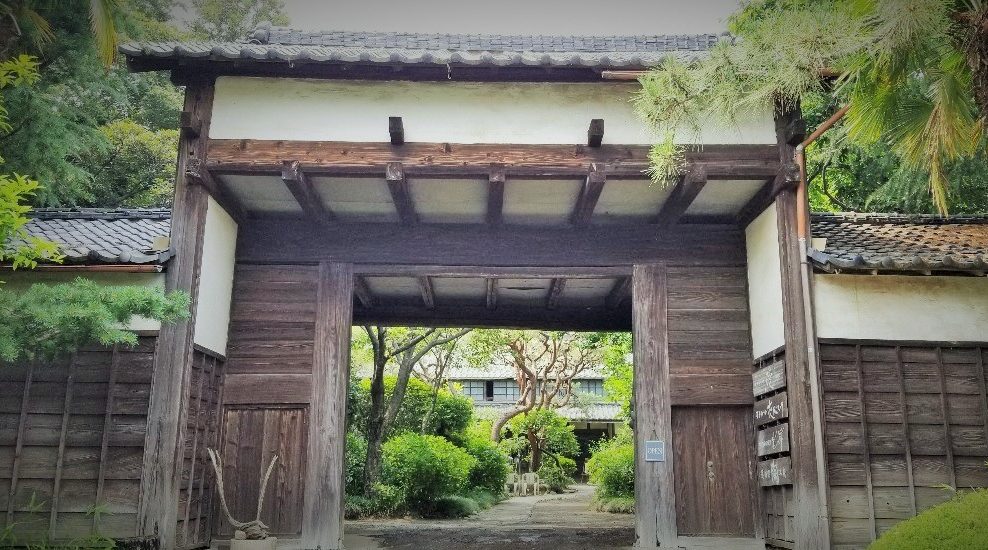Hanyu Mitakaya Agriculture and Forestry Park Kiyasse Hanyu
restaurant
“Kiyasse Hanyū” is the nickname for Hanyū City Mitakaya agricultural and forest park. This park, with an area of roughly 3.6 hectares, has a flower-filled “Shiki no Oka” (four seasons hill), a production building selling local vegetables harvested fresh each morning, a beer factory that manufactures Hanyū’s local beer “Kobushi Hana Beer,” and a restaurant to enjoy handmade udon. Inside the park, there is playground equipment for kids, and events and vegetable harvesting experiences are held year round.
Basic Information
Location
Saitama Prefecture Hanyu Mitakaya 1725
TEL
048-565-5255(代)
FAX
048-565-3318
Home page
Facilities
Mujinam Market, Casserole Burger, BBQ, Rental Facilities (business hours vary, please check the official website to confirm)
Event Information
Once every month, an event takes place. For more information, please refer to the website.
Business hours / Fee
Business hours
9:00 - 17:00
Regular holiday
New Year's Holidays
Fee
Free of entry
How to get there
Public transport
5 minutes from Tohoku Expressway, with the closest station being Kazo Station of Tobu Isesaki Line
Parking
100 spaces
Universal design
AED installation
〇
Multipurpose toilet
〇
Wheelchair rental
〇
Breastfeeding room
〇
Compatible with diaper changing tables
〇

